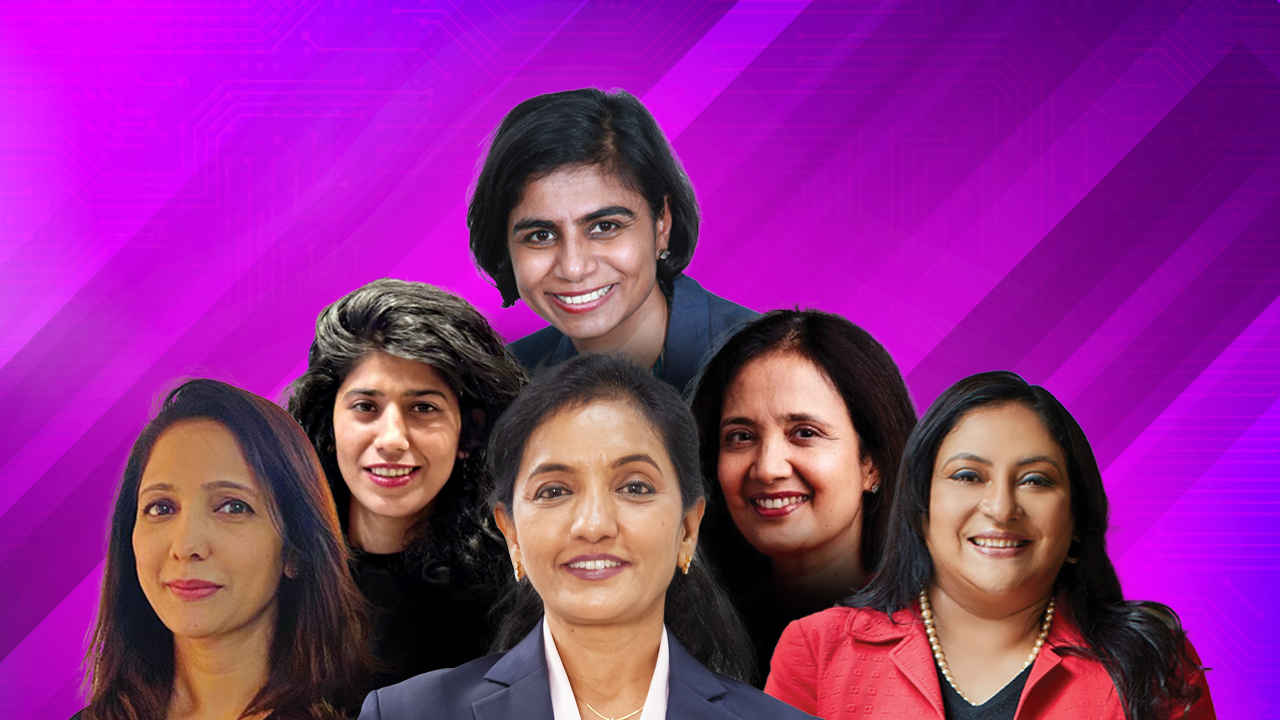Women leaders in tech highlight how inclusive innovation’s shaping the future

In order to stay competitive and stay ahead in tech’s breakneck rate of advancement, diversity and inclusion are getting increasingly hailed as strategic advantages that foster innovation and drive growth. Tech companies that prioritise diverse workforces and inclusive environments are better equipped to tackle complex challenges, develop groundbreaking solutions, and stay ahead in an increasingly competitive world.
On the occasion of International Women’s Day 2025, we share insights from women tech leaders across different industries who recognise the transformative power of diversity, reinforcing its role in shaping the future of tech and how we work.

Jaya Vaidhyanathan, CEO of BCT Digital, underscores the importance of embracing different perspectives to enhance problem-solving and meet the needs of a diverse clientele. “Diversity and inclusion are fundamental to fostering a culture of innovation. For example, when tackling complex client challenges, our diverse teams have been able to develop unique, tailored solutions that would not have been possible with a more homogeneous group. By embracing different viewpoints, we can better understand the needs of our diverse client base. Currently, over 25% of our workforce are women and aim to reach 30% immediately and 40% within two years.” Her statement illustrates how organisations can leverage diversity to unlock creative problem-solving and innovation.
Fostering a culture of inclusion to drive innovation
Beyond hiring diverse talent, fostering an inclusive workplace culture is key to sustaining innovation. Companies that integrate inclusivity into their operations create environments where employees feel valued, heard, and empowered to contribute their best work. Krithika Bhat, CIO of Pure Storage, highlights one such initiative.
Also read: Women leaders in tech share their secret to success for aspiring women techies
“At Pure Storage, diversity and inclusion are not just values – they are catalysts for innovation and business success. Our ‘Inclusion Starts With You’ course helps employees recognise the value of different perspectives and proactively address barriers to inclusion. This has strengthened our culture of innovation by encouraging fresh ideas and collaborative problem-solving. Additionally, our global patent program promotes inventor diversity by welcoming ideas from all corners of the company,” she underscores.
Building inclusive teams for enhanced engagement
At Lenovo, diversity and inclusion are not just ideals but core principles that shape team dynamics and customer relationships, according to Anita Kapoor, Director – Legal, Lenovo India, who emphasises the role of diverse teams in driving engagement and innovation. “At Lenovo, diversity and inclusion initiatives have been transformative. I take pride in building a team that belongs to different age groups, ethnicities, and genders. This enriches our team engagement and with our customers & clients. Across Asia-Pacific, including India, 29% of technical roles are held by women. By actively recruiting diverse talent and ensuring equal opportunities, we’ve seen a greater variety of perspectives, which has directly spurred innovation.”

This focus on representation extends beyond mere numbers. The impact of such initiatives manifests in enriched team collaboration, improved problem-solving, and a deeper understanding of consumer needs, notes Kapoor.
Breaking barriers and building women leaders
The journey toward diversity and inclusion must also address the barriers that prevent underrepresented groups from advancing in their careers. Archana Bajaj, Director of Software Engineering, Services Engineering at Pegasystems, shares an initiative that has created a lasting impact.
Also read: Women in Gaming: Zynga’s Poornima Seetharaman on Future of Gaming
“Diversity and inclusion are not just values; they are catalysts for innovation and growth. One of the most impactful initiatives at Pega has been our sponsorship programs for women leaders. By connecting them with executive leadership, these programs have provided invaluable exposure, opportunities, and learning experiences. As a result, we now see more women leaders globally driving strategic initiatives, having built strong networks and overcome barriers to leadership,” she emphasises.

The success of such programs demonstrates that when businesses actively invest in diversity-focused leadership development, they create pathways for women and other underrepresented groups to rise to executive positions, bringing fresh ideas and transformative strategies to the forefront.
Gender equality and leadership in technical fields
One of the most significant challenges in fostering diversity is ensuring representation at all levels, particularly in leadership and technical roles. Many organisations are taking deliberate steps to bridge this gap by increasing the participation of women in senior management and technical positions.
Kalavathi GV, Executive Director & Head, Global Development Center, Siemens Healthineers, emphasises the role of gender diversity in driving technological advancements: “At Siemens Healthineers, diversity and inclusion fuel innovation by bringing varied perspectives to the table. We are also equally committed to gender equality at all levels, with a focused goal of increasing women in senior management and technical leadership roles. At DC India, about 30% of our workforce are women driving cutting-edge innovations.”
This emphasis on gender equality in leadership ensures that the voices of women are not only included in decision-making but are also leading technological progress in industries that have traditionally been male-dominated.
Also read: Two talented Indian women are reimagining gaming for better: Here’s how
Jayesh Shinde
Executive Editor at Digit. Technology journalist since Jan 2008, with stints at Indiatimes.com and PCWorld.in. Enthusiastic dad, reluctant traveler, weekend gamer, LOTR nerd, pseudo bon vivant. View Full Profile




